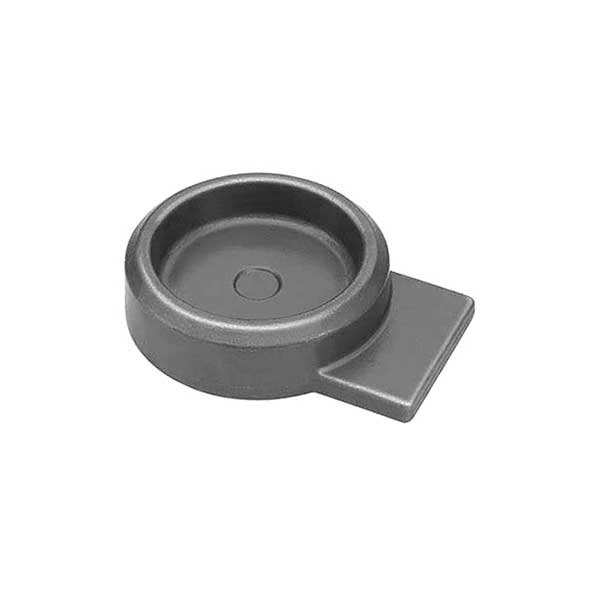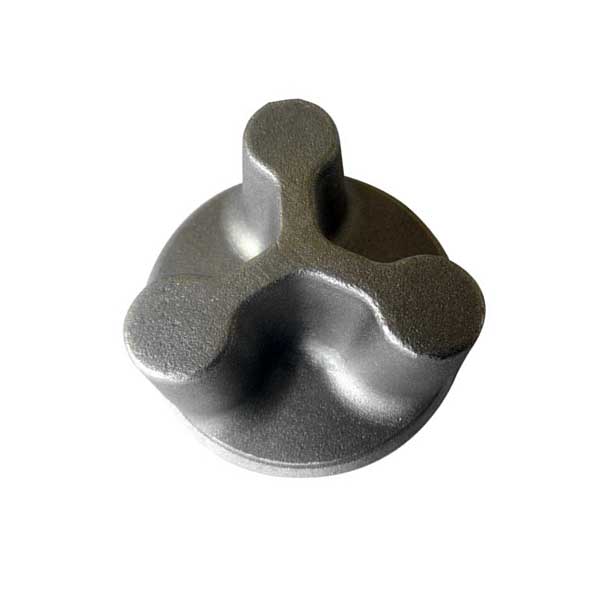Multi-directional die forging is a precision forging technology that performs split-die forging on a multi-directional die forging hydraulic press, and its deformation is mainly extrusion. During multi-directional die forging, two or more punches (or punch cores) pressurize the bad material simultaneously or sequentially from different directions for extrusion or upsetting.
Compared with ordinary die forging and split die forging, multi-directional die forging has the characteristics of simple structure and long service life. Forgings such as class, cylindrical parts, large valve bodies, pipe joints, aircraft landing gear, engine casings, disc shaft assemblies, etc. have begun to be produced by multi-directional die forging technology. Combined with the application of multi-directional die forging, we have made a detailed summary of the process characteristics of multi-directional die forging, let’s understand it together.

Multi-directional die forging process characteristics
1. The material utilization rate is high. Compared with the open die forging, there is no waste of flash material. The shape of the forging can be designed to be hollow, and the forging slope of the punching hole can be canceled or reduced, thereby saving 30%-50% of metal.
2. The performance of the forging is good. Since the shape of most forgings is formed by die forging, the fiber structure is distributed along the contour of the forging, so the mechanical properties of the forging are good, and the general strength can be increased by more than 30%.
3. It is suitable for the forming of high alloy steel and special alloy. Because the blank is deformed under three-dimensional compressive stress during forging, its process plasticity is improved, which greatly facilitates the forming of high alloy and special alloy materials with poor plasticity and narrow forging temperature range. take shape.

4. High productivity. Compared with ordinary die forging, the number of working steps can generally be reduced by 50%, so the forging time is greatly reduced and the production efficiency is greatly improved.
5. Wide applicability, can be used for hollow frames of various alloys, solid and hollow branch forgings, fork forgings, cylindrical parts, various valve bodies, pipe joints and shaft forgings.
Multi-directional die forging belongs to closed die forging, and the forgings have no flash, and more internal shapes of forgings can be obtained by forging. Therefore, it is required to have high blanking precision, and at the same time, it is required to use less and no oxidation heating. In addition, multi-directional die forging requires a special multi-directional die forging hydraulic press with good rigidity and high precision or a special die forging device with complex structure attached to the general equipment.


